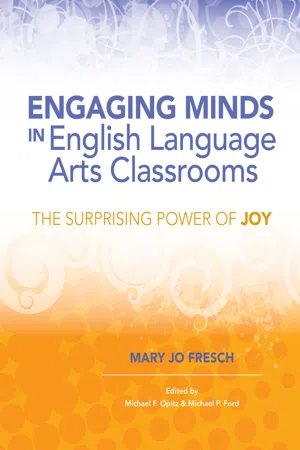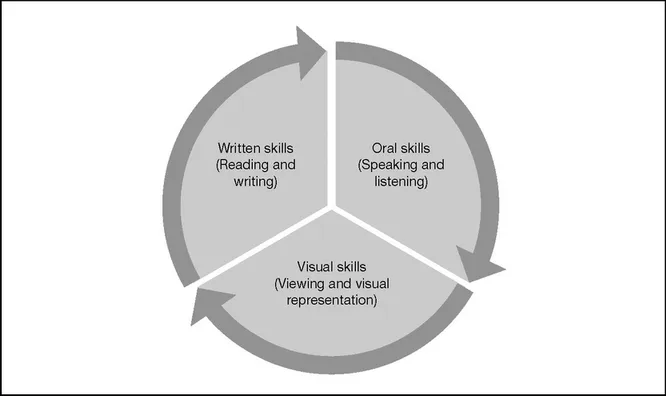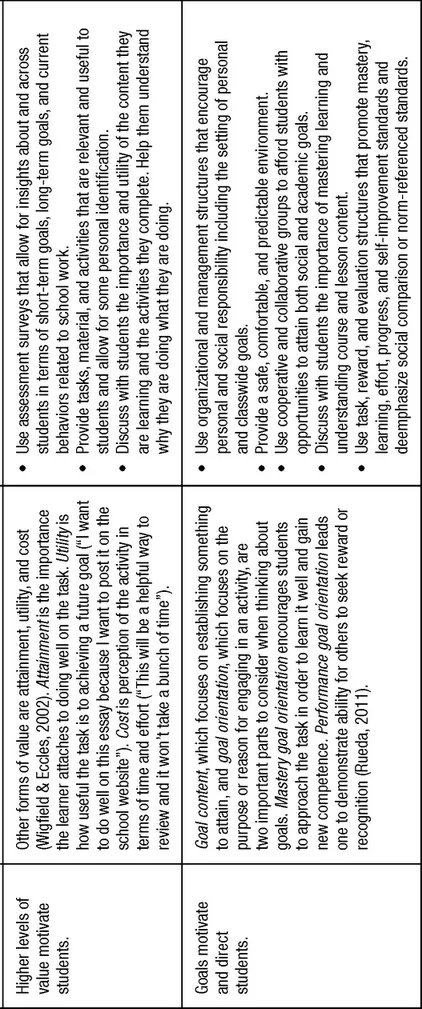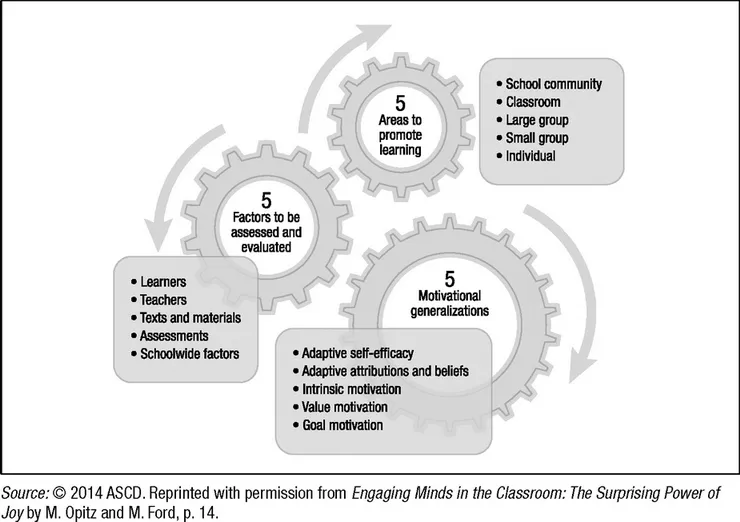
Engaging Minds in English Language Arts Classrooms
The Surprising Power of Joy
- 57 pages
- English
- ePUB (mobile friendly)
- Available on iOS & Android
Engaging Minds in English Language Arts Classrooms
The Surprising Power of Joy
About this book
How can we keep students attentive, thoughtful, and inquisitive about learning in language arts? It certainly takes more than new standards and assessments. In this book, Mary Jo Fresch shows how you can use the joyful learning framework introduced in Engaging Minds in the Classroom to better engage students in reading, writing, speaking, listening, and other elements of language arts learning. She provides innovative instructional approaches for diverse students at all grade levels, linking the strategies to the research that demonstrates the effects of motivation and engagement on student success.
Educators striving to meet the multiple challenges of standards, assessments, ELL instruction, and achievement gaps have more reasons than ever before to attend to this critical aspect of learning. Engaging Minds in English Language Arts Classrooms will inspire you to make the kinds of changes in your classroom that will truly engage students' minds—by helping them experience joy in learning.
Mary Jo Fresch is a professor in the Department of Teaching and Learning at Ohio State University. She is the author of multiple works on literacy instruction, including The Power of Picture Books (with Peggy Harkins) and Teaching and Assessing Spelling (with Aileen Wheaton).
Frequently asked questions
- Essential is ideal for learners and professionals who enjoy exploring a wide range of subjects. Access the Essential Library with 800,000+ trusted titles and best-sellers across business, personal growth, and the humanities. Includes unlimited reading time and Standard Read Aloud voice.
- Complete: Perfect for advanced learners and researchers needing full, unrestricted access. Unlock 1.4M+ books across hundreds of subjects, including academic and specialized titles. The Complete Plan also includes advanced features like Premium Read Aloud and Research Assistant.
Please note we cannot support devices running on iOS 13 and Android 7 or earlier. Learn more about using the app.
Information
Understanding Joyful Learning in the English Language Arts
FIGURE 1.1. The English Language Arts

What Is Joyful Learning?
FIGURE 1.2 Generalizations About Motivation, and Instructional Implications


FIGURE 1.3 Joyful Learning Framework

Defining Joyful Learning in Language Arts
- Attention: Our students must be focused on the learning task before them. Are the materials we ask them to use student centered? Do our students stay focused on the writing or listening task? Too long at any single task or activity can make attention slip, so it is important to create language arts lessons that are developmentally appropriate and at the right challenge level (without being frustrating or boring).
- Engagement: When a task or topic is fascinating, learning is a natural outcome. Are we finding ways to pique curiosity and keep students engaged? Do students find their own ways to become absorbed in a task (perhaps by varying the "means" to get to the "end")? Helping students make their own decisions and giving them a measure of autonomy leads to students having a vested interest in an activity and can increase engagement (Pink, 2009).
- Stimulation: Our students need a reason to engage. Is there a hook to the lesson (e.g., costumes, music, an out-of-the-ordinary event or statement) that you can use to catch their attention? Do you as the teacher convey your own enthusiasm for the lesson? If the teacher is bored, students will be, too.
- Pleasure: Humans are drawn to pleasure and tend to avoid pain. How do we make writing a pleasurable experience for the student who dislikes it? Can we find ways to transcend the worksheet, essay, or report approach? Again, incorporating autonomy by allowing students to play to their strengths can increase engagement. Do our lessons make real-life connections for students? For example, postgame interviews with sports figures or a politician's impromptu press conference can illustrate the importance of oral skills.
- Consistency: Routines help us feel safe. Does your classroom structure give confidence to your students without limiting the possibilities? Writing workshops can have a skeletal framework while leaving open the type of writing a student can do. Time to speak can be carved out each day, with a variation on the type of speaking (and listening) we do.
Effective teachers created energetic and exciting classrooms, in which pleasure in...
Table of contents
- Cover
- Title Page
- Table of Contents
- Acknowledgments
- Introduction
- Chapter 1. Understanding Joyful Learning in the English Language Arts
- Chapter 2. Assessing and Evaluating Joyful Learning
- Chapter 3. Implementing Joyful Learning
- Chapter 4. Using Joyful Learning to Support Education Initiatives
- References
- About the Author
- About the Editors
- Related ASCD Resources
- Copyright